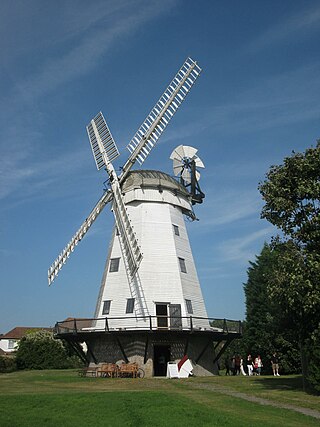
Upminster Windmill is a Grade II* listed smock mill located in Upminster in the London Borough of Havering, England. It was formerly known as Abraham's Mill and was in Essex when built. Between 2016 and 2023 the mill was restored to working order and a visitor centre was constructed. The mill and visitor centre are open to the public at selected times.

Outwood Windmill is a Grade I listed post mill in Outwood, Surrey. Built in 1665 by Thomas Budgen, a miller from Nutfield in Surrey, it is Britain's oldest working windmill. It was one of a pair after 1797, alongside a smock mill that had the tallest smock tower in the United Kingdom until its collapse in 1960.
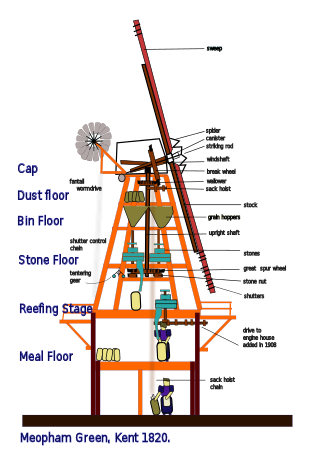
This glossary of mill machinery covers the major pieces of machinery to be found in windmills, watermills and horse mills. It does not cover machinery found in modern factories.

Reigate Heath Windmill is a grade II* listed post mill at Reigate Heath, Surrey, England which has been restored and is used as a chapel. It is thought to be the only windmill in the world which is a consecrated church.

Shiremark Mill, also known as Kingsfold Mill or Capel Mill was a listed Smock mill at Capel, Surrey, England, which was burnt down in 1972.

Ramsey Windmill is a grade II* listed post mill at Ramsey, Essex, England which has been restored.

Terling Windmill is a grade II listed Smock mill at Terling, Essex, England, which has been converted to residential use.

South Ockendon Windmill was a Smock mill at South Ockendon, Essex, England which collapsed on 2 November 1977.

Gibraltar Mill is a grade II listed Tower mill at Great Bardfield, Essex, England which has been converted to residential use.
Church End Mill is a grade II listed Tower mill at Great Dunmow, Essex, England which has been converted to residential use.

Stock Windmill is a grade II* listed tower mill at Stock, Essex, which has been restored.
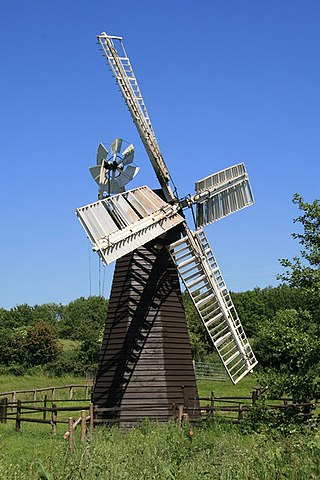
Eastbridge Windpump is a smock mill that served as a pumping station until it was relocated to the Museum of East Anglian Life, Stowmarket, Suffolk, England and which was then restored to working order.
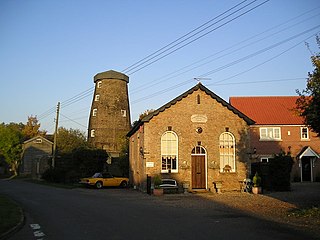
Buxhall Mill is a tower mill at Buxhall, Suffolk, England which has been converted to residential accommodation.
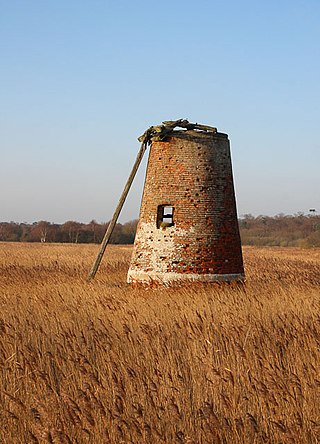
Westwood Marshes Mill is a Grade II listed tower mill at Walberswick, Suffolk, England which is derelict.
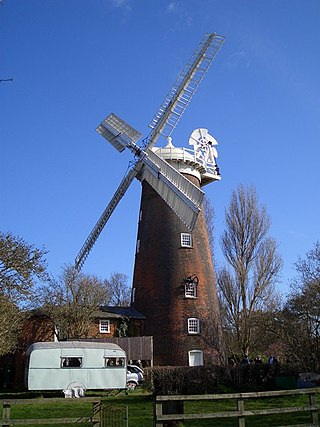
Buttrum's Mill or Trott's Mill is a Grade II* listed tower mill at Woodbridge, Suffolk, England, which has been restored to working order.

Garboldisham Mill is a Grade II* listed post mill at Garboldisham, Norfolk, that has been restored.

Jan Pol is a smock mill in Dalen, Netherlands. It was built in 1876. The mill is a Rijksmonument, number 44562.
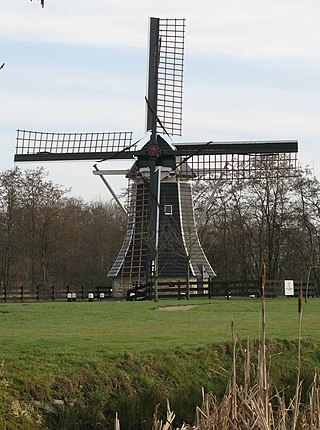
De Mearmin, formerly also known as Geestermermeermolen, is a smock mill in Damwâld, Friesland, Netherlands, which was built in 1968 at Dokkum. The mill is listed as a Rijksmonument, number 467708. Between 2014 and 2016, the mill was dismantled, restored and moved to a new site in Damwâld.

De Gans is a smock mill in Ezumazijl, Friesland, Netherlands which has been restored to working order. The mill is listed as a Rijksmonument, number 31571.

Wijnsermolen is a smock mill in Wyns, Friesland, Netherlands which is currently (2011) being restored to working order. The mill is listed as a Rijksmonument, number 35691.





















